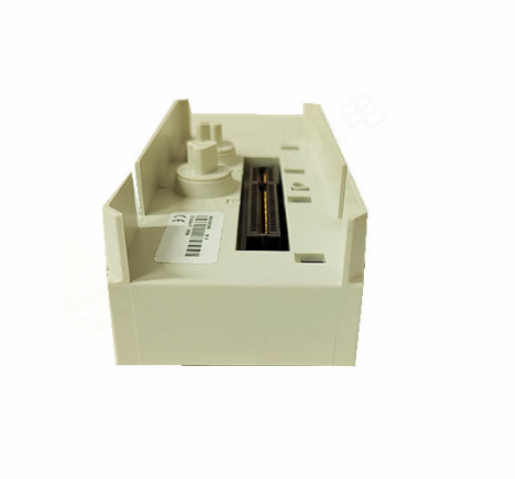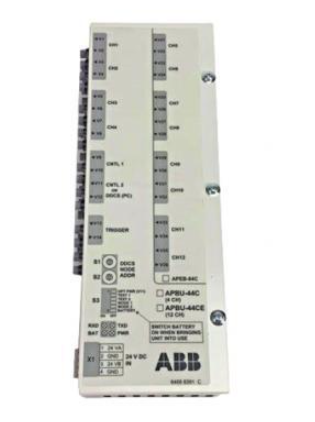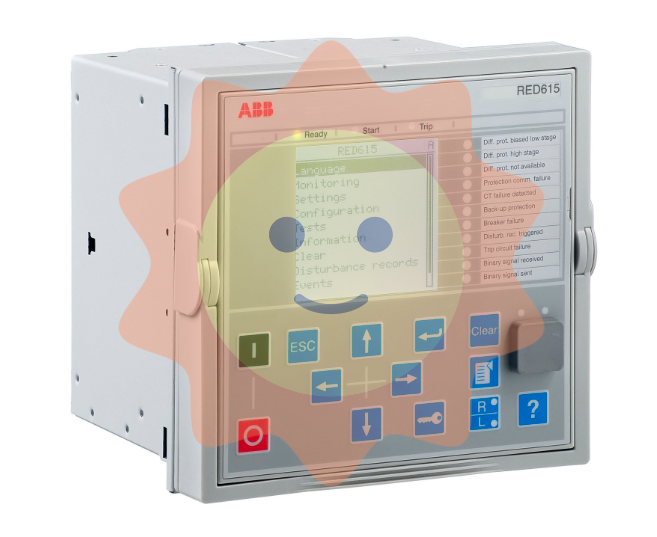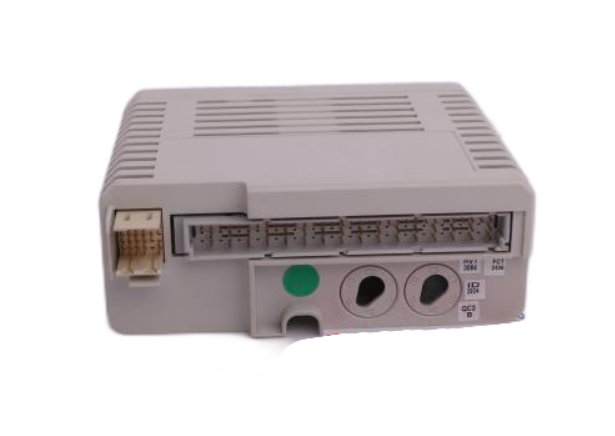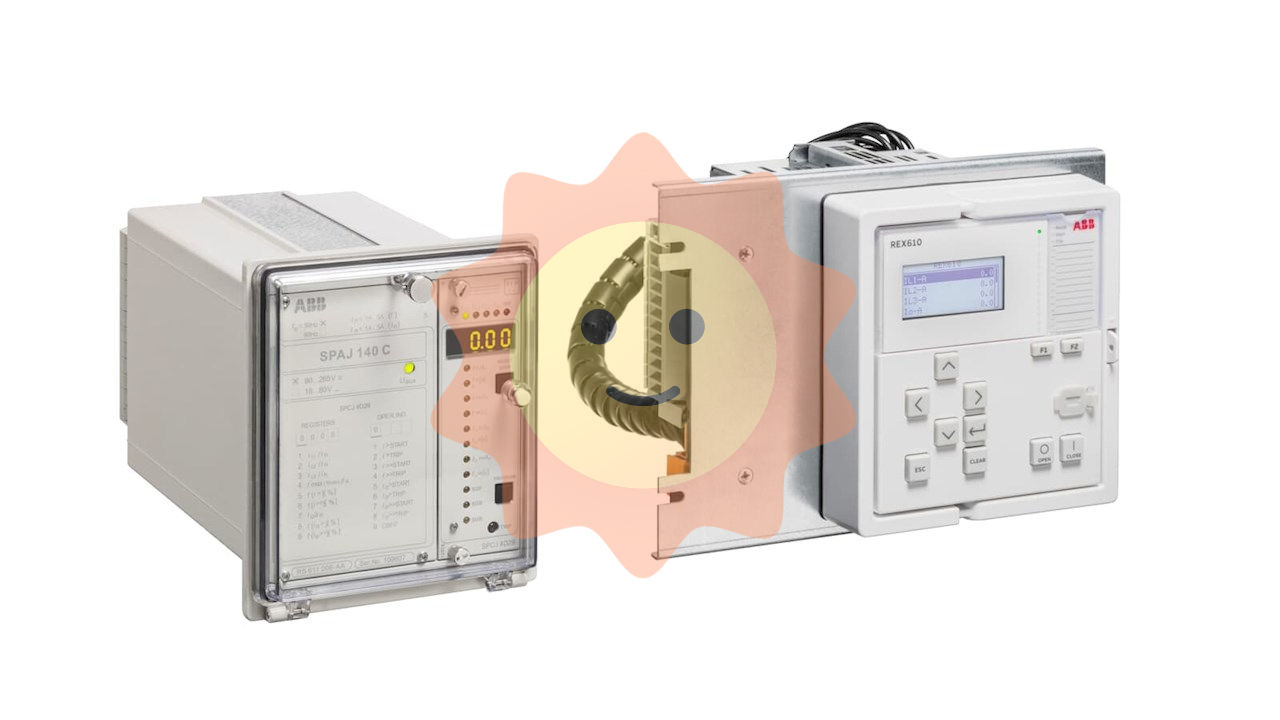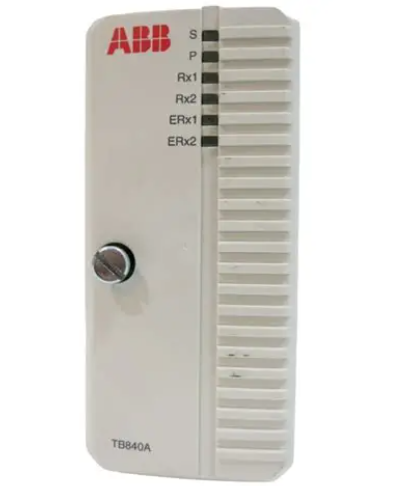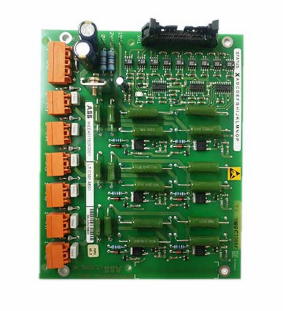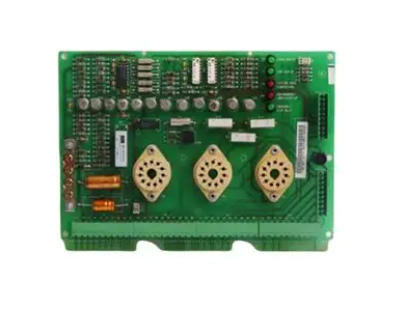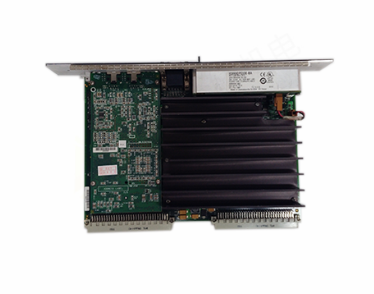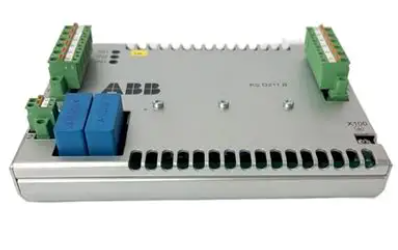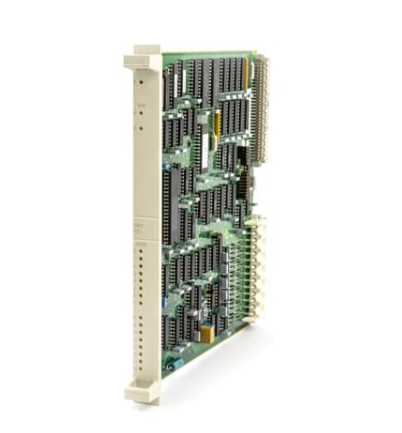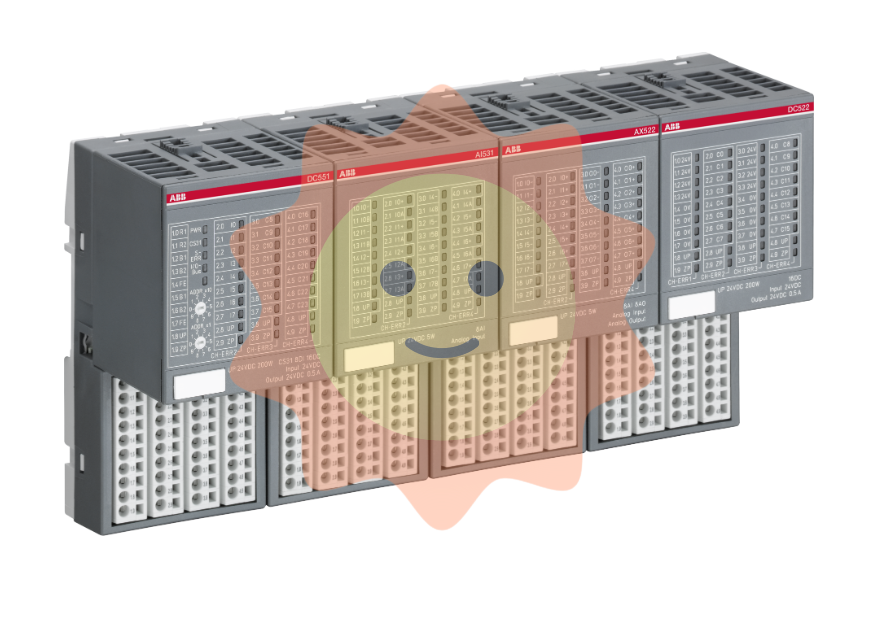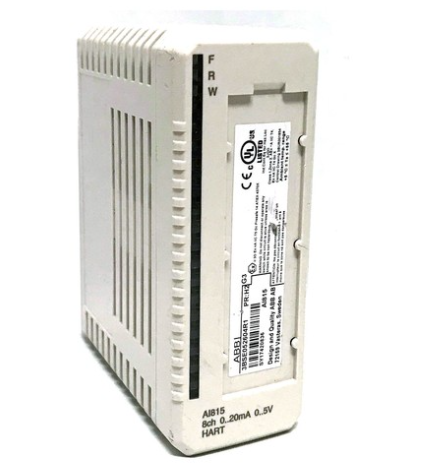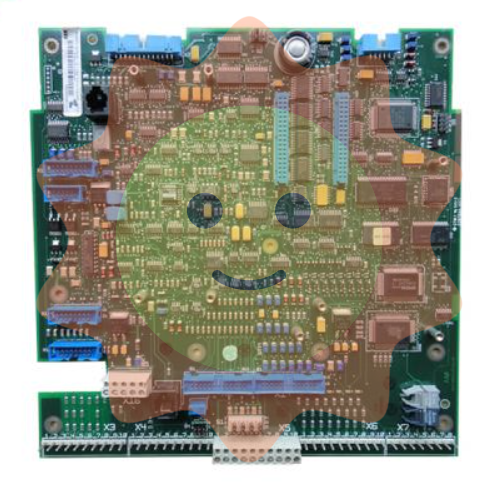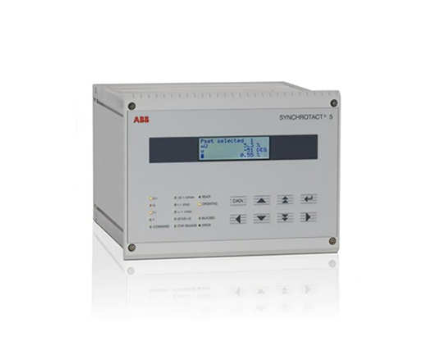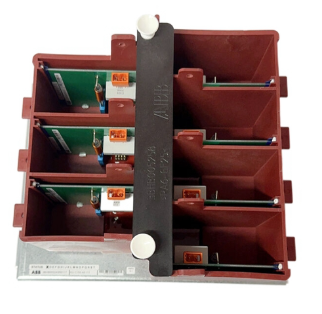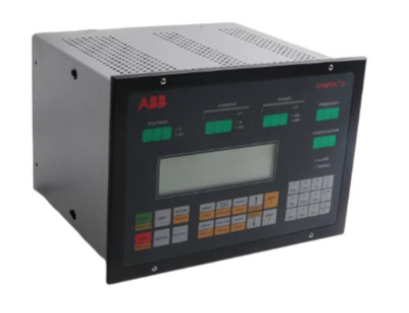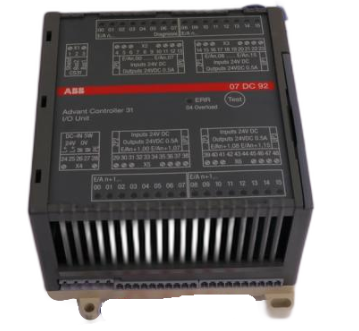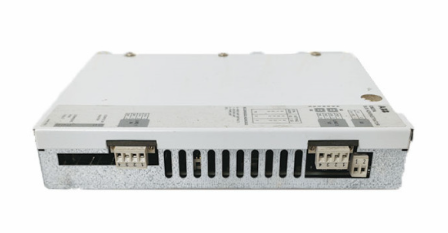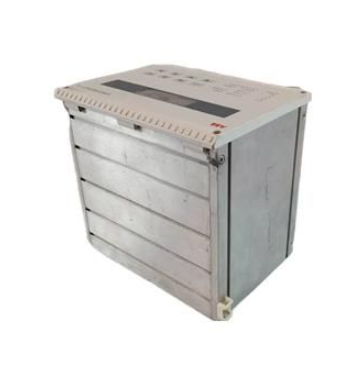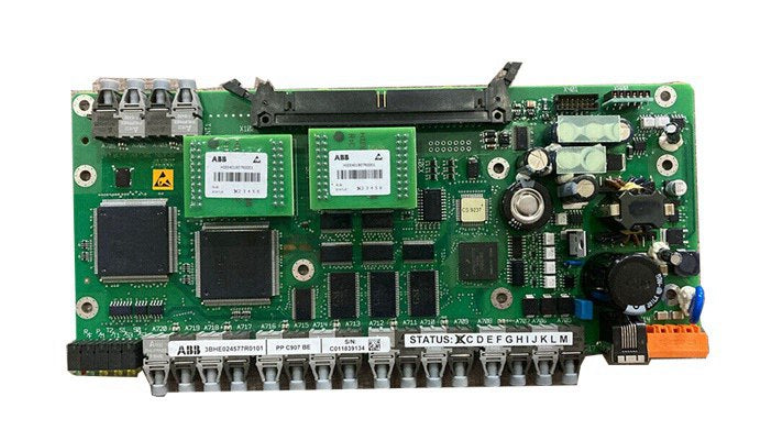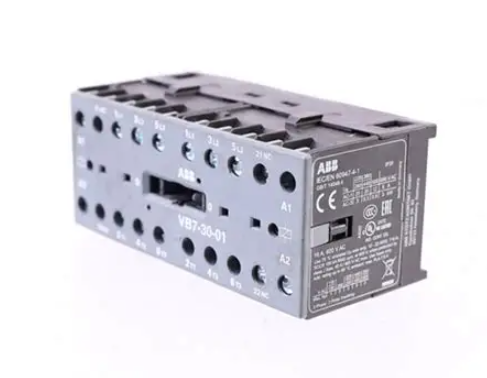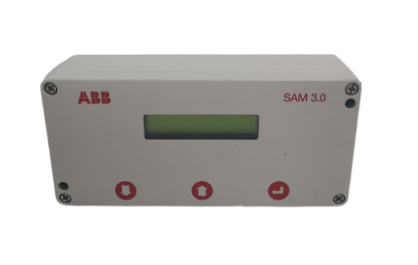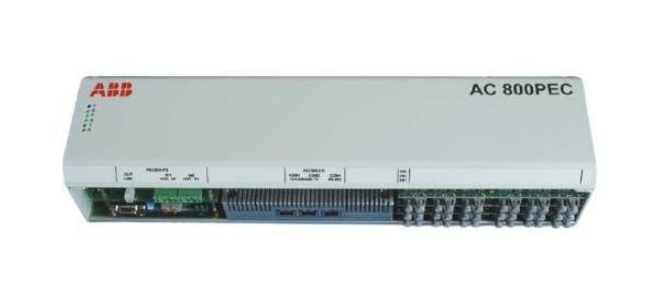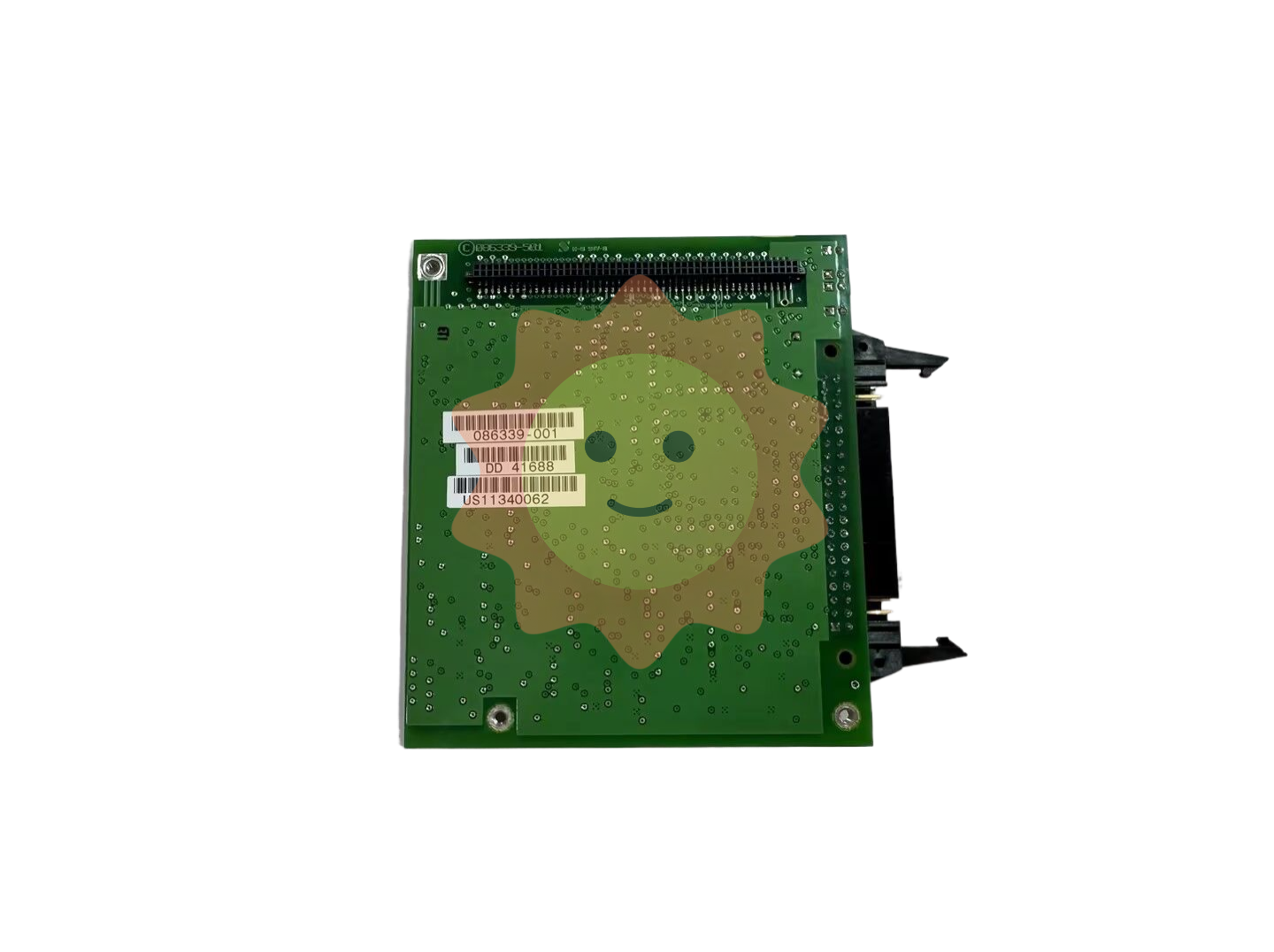Xycom 91195A PanelView Circuit Board
Communication and Connection: As a bridge for PanelView devices to communicate with the outside world, it supports multiple communication protocols such as RS-232, RS-485, Ethernet, etc. The RS-232 interface is suitable for short-range communication with low-speed devices, such as connecting debugging equipment, simple sensors, etc. It can realize the configuration of device parameters and the reading of debugging information. The RS-485 interface, with its strong anti-interference ability and long transmission distance, is commonly used to build distributed data acquisition networks in industrial sites, transmitting data from multiple sensors or actuators to PanelView devices. The Ethernet interface supports TCP/IP protocol, enabling high-speed network communication with remote servers or upper computers, facilitating remote monitoring and management of industrial control systems, and enabling real-time data upload and remote control command issuance. Through these rich communication interfaces and protocols, the circuit board can easily achieve seamless connection and data interaction with different types of devices.
Display driver and interface control: For PanelView devices, the circuit board has powerful display driver functions. It can convert processed image data into signal formats suitable for display screens, supporting multiple resolutions and display modes, ensuring a clear and realistic graphical interface for operators. At the same time, responsible for processing the input operations of operators on the touch screen, such as clicking, sliding, etc., converting these operations into corresponding control instructions, and transmitting them to the system for processing. In terms of interface control, the display content can be dynamically updated according to system requirements, such as real-time display of device operating status, process flow screens, alarm information, etc., providing operators with an intuitive and convenient operating experience. By utilizing effective display drivers and interface control functions, the monitoring and operational efficiency of industrial control systems by operators have been improved.
System monitoring and fault diagnosis: With a comprehensive system monitoring and fault diagnosis mechanism, it can monitor its own working status in real time, including key parameters such as processor temperature, power supply voltage, and memory usage. Through an internally integrated temperature sensor, the processor temperature is monitored in real-time. Once the temperature exceeds a preset threshold, cooling measures are immediately activated or an overheating alarm is issued to prevent damage to the processor due to overheating. By utilizing voltage monitoring circuits, the power supply voltage is continuously monitored. When abnormal voltage fluctuations occur, timely voltage stabilization measures are taken or the system is notified for power failure handling. In terms of memory usage monitoring, real-time tracking of memory usage can be achieved. When insufficient memory may affect system performance, cache cleaning or low memory alerts can be issued in a timely manner. In addition, the circuit board can also monitor the communication link in real time. If a communication interruption or data error is detected, immediate troubleshooting and repair attempts will be made, and the fault information will be recorded for maintenance personnel to quickly locate and solve the problem. Through these system monitoring and fault diagnosis functions, the reliability and maintainability of industrial control systems have been greatly improved.
Working principle
When the Xycom 91195A PanelView Circuit Board is connected to an industrial automation control system, it first receives data and signals from external devices through its rich interfaces. For example, receiving temperature data from multiple temperature sensors through the RS-485 interface, and receiving control instructions from the upper computer through the Ethernet interface. These input data and signals are preprocessed through interface circuits such as level conversion and filtering, and then transmitted to the data processing unit inside the circuit board. The data processing unit analyzes, calculates, and processes data according to preset programs and algorithms, determines the operating status of the equipment, and generates corresponding control signals or display data. For data that needs to be displayed on the PanelView device screen, the data processing unit converts it into a format suitable for the display screen and transmits it to the display screen for display through the display driver circuit. At the same time, if the operator operates on the touch screen, the touch signal will be received by the circuit board and transmitted to the data processing unit. The data processing unit generates corresponding control instructions based on the operation type and sends them to relevant equipment through the interface circuit to achieve control of industrial equipment. Throughout the entire working process, the system monitoring module continuously monitors the working status of each part of the circuit board. Once any abnormalities are detected, corresponding fault handling measures are immediately taken, and the fault information is fed back to the operator or upper computer. Through this workflow, the circuit board realizes a series of key functions such as data acquisition, processing, transmission, display, and equipment control in industrial automation control systems.
- EMERSON
- Honeywell
- CTI
- Rolls-Royce
- General Electric
- Woodward
- Yaskawa
- xYCOM
- Motorola
- Siemens
- Rockwell
- ABB
- B&R
- HIMA
- Construction site
- electricity
- Automobile market
- PLC
- DCS
- Motor drivers
- VSD
- Implications
- cement
- CO2
- CEM
- methane
- Artificial intelligence
- Titanic
- Solar energy
- Hydrogen fuel cell
- Hydrogen and fuel cells
- Hydrogen and oxygen fuel cells
- tyre
- Chemical fiber
- dynamo
- corpuscle
- Pulp and paper
- printing
- fossil
- FANUC
- Food and beverage
- Life science
- Sewage treatment
- Personal care
- electricity
- boats
- infrastructure
- Automobile industry
- metallurgy
- Nuclear power generation
- Geothermal power generation
- Water and wastewater
- Infrastructure construction
- Mine hazard
- steel
- papermaking
- Natural gas industry
- Infrastructure construction
- Power and energy
- Rubber and plastic
- Renewable energy
- pharmacy
- mining
- Plastic industry
- Schneider
- Kongsberg
- NI
- Wind energy
- International petroleum
- International new energy network
- gas
- WATLOW
- ProSoft
- SEW
- wind
- ADVANCED
- Reliance
- YOKOGAWA
- TRICONEX
- FOXBORO
- METSO
- MAN
- Advantest
- ADVANCED
- ALSTOM
- Control Wave
- AB
- AMAT
- STUDER
- KONGSBERG
- MOTOROLA
- DANAHER MOTION
- Bently
- Galil
- EATON
- MOLEX
- Triconex
- DEIF
- B&W
- ZYGO
- Aerotech
- DANFOSS
- KOLLMORGEN
- Beijer
- Endress+Hauser
- MOOG
- KB
- Moxa
- Rexroth


Email:wang@kongjiangauto.com


